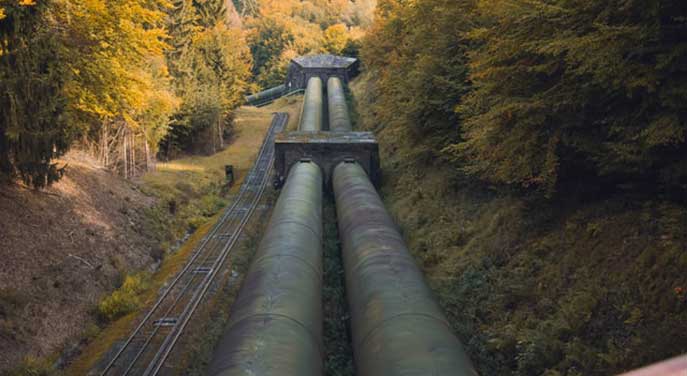By Kenneth P. Green
and Taylor Jackson
The Fraser Institute
It’s been a difficult couple of weeks for Kinder Morgan’s proposed expansion of the Trans Mountain pipeline. The Santa Barbara oil spill has irritated already-sensitive public concern about oil pipelines. And as the pipeline’s review before the National Energy Board continues, several new reports commissioned by municipalities and groups in the region have expressed serious concerns about the potential effects of an oil spill.
One study found that more than one million birds might be affected by a spill and 100,000 could possibly be killed as a result. Another asserted that millions of barrels of oil could erupt into flames, start a forest fire on Burnaby Mountain, stranding 30,000 students at Simon Fraser University. The latest report concluded that a 16 million-litre spill in the Burrard Inlet could deliver a $1.2 billion blow to Vancouver’s economy.
Alarming scenarios indeed. But a focus on worst-case scenarios loses sight of what’s vastly more likely to happen, which can only be assessed by looking at the overall performance of pipelines, where progress in controlling spills has been tremendous.
According to Transportation Safety Board data, from 2009 to 2013 there were 770 pipeline accidents and incidents in Canada. Of this number, 654 resulted in some sort of release of product. Again, this may seem large, but during this period Canada’s federally regulated pipeline system moved more than 11 billion barrels of petroleum and natural gas products, making the per barrel accident rate remarkably low.
More telling still is that only five accidents or incidents in this period resulted in any sort of environmental damage. This means that only about 0.65 percent of all accidents and incidents cause some form of environmental damage. This is not entirely surprising when 90 percent of releases are less than one cubic metre.
Moving from the generic to the specific, let’s consider the safety record of the existing Trans Mountain pipeline. Since 2004, the earliest year with data, the pipeline has had 36 accidents or incidents, with 14 resulting in the release of product roughly equating to 790 cubic metres. The largest of these releases amounted to 305 cubic metres of oil. By way of comparison, the hypothetical 16 million-litre spill, which could have a $1.2 billion dollar impact on Vancouver’s economy, is equal to 16,000 cubic metres – 52 times larger than the worst release in the pipeline’s history.
The debate over oil transport is often dominated by worst-case scenarios and discussion. And of course, nobody wants to see oil spilled and nature harmed. But let’s be honest: rational people do not live their lives by worst-case-scenario avoidance or zero-risk lifestyles. If so, you’d never ride a bike, never drive a car, never board an airplane, or for that matter, never take a shower. In fact, your list of things you wouldn’t do given worst-case scenarios and a zero-risk threshold would encompass pretty much everything you have ever or will ever do.
Worst-case scenarios aside, real-world data and experience show that pipelines are one of the safest ways to transport oil. It’s not perfect, but it’s the best of the available options. On an apples-to-apples comparison that takes into account the volume of oil transported, pipelines are associated with fewer accidents, injuries and fatalities when compared to rail and truck, which is how oil will move if pipelines are not built.
Oil will remain a part of Canada and the world’s future for a long time to come. And continue to fuel a large part of the Canadian economy while providing Canadians with access to reliable and affordable energy. Consideration should be given to the safest and most efficient way to transport oil and gas across the country. Despite high-profile spills and worst-case scenarios, pipelines remain the safest, most effective way to transport oil.
Kenneth P. Green is Senior Director and Taylor Jackson is a Policy Analyst in Natural Resource Studies at The Fraser Institute.
Ken and Taylor are Troy Media contributors. Why aren’t you?
The views, opinions and positions expressed by columnists and contributors are the author’s alone. They do not inherently or expressly reflect the views, opinions and/or positions of our publication.




